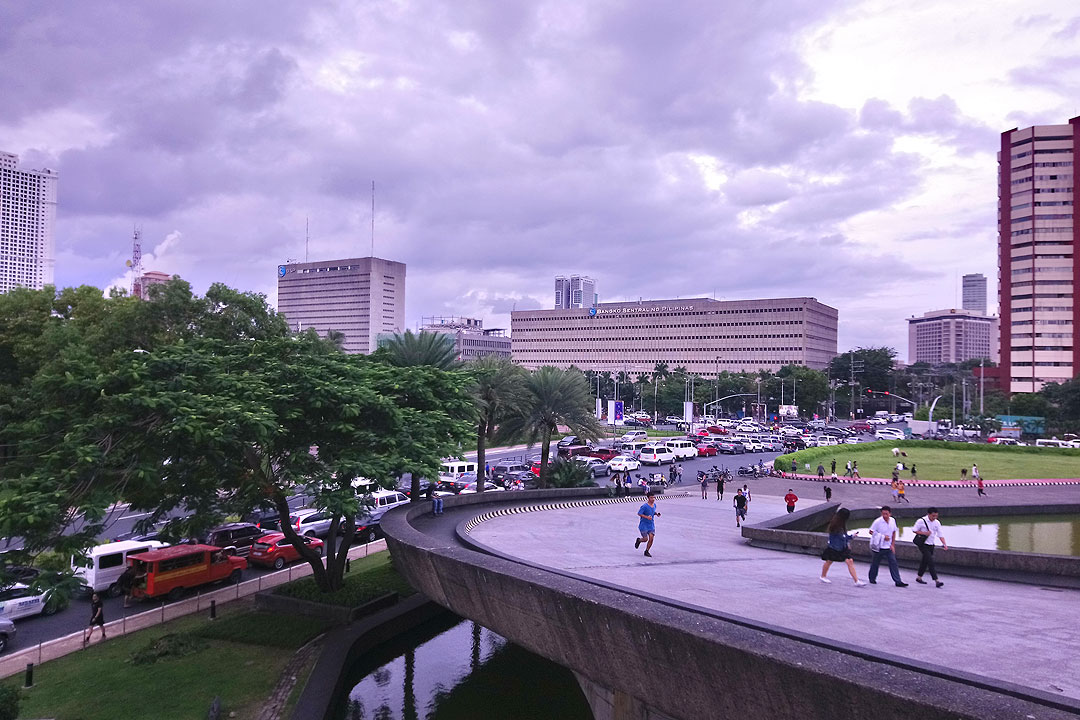Policy normalization seen in 2nd half

THE BANGKO SENTRAL ng Pilipinas (BSP) may start normalizing policy rates towards the second half of this year as it expects the economy’s output gap to close, a central bank official said.
“Our estimate is that the output gap could close in the second half of this year, and then it will turn positive thereafter,” Deputy Governor Francisco G. Dakila, Jr. said at a Thursday briefing.
“There is enough headroom for continued accommodative monetary policy in the near term with possible normalization to begin towards the second half of 2022.”
Mr. Dakila said that while inflation is likely to stay within the target 2-4% range, rising demand as the economy improves could cause faster price increases.
The BSP last week kept its key rate unchanged for its 10th straight meeting, with the overnight repurchase rate still at 2%. But it hinted at an “eventual normalization” once economic recovery is sustained or inflation risks rise. The Monetary Board will have its next policy review on March 24.
The central bank raised its average inflation forecast for 2022 to 3.7% from 3.4% previously. It also increased the 2023 inflation estimate to 3.3% from 3.2%.
Shortages of pork and fish supply, along with the effect of higher oil prices on transport fares, remain risks to the inflation outlook, the BSP said.
Mr. Dakila said the timing of normalizing policy support will depend on the outlook for inflation and output, liquidity and credit conditions, financial sector risks, global developments, and public health.
Although the economy grew faster than expected in the fourth quarter last year, he noted that the stricter lockdown rules in response to an Omicron-driven surge in coronavirus disease 2019 (COVID-19) cases could negatively impact first-quarter expansion this year.
“Nonetheless, we expect domestic growth to pick up in the succeeding quarters amid looser mobility restrictions, faster vaccination rollouts, and booster shots, as well as improvement in the global economy,” he said.
BSP Governor Benjamin E. Diokno said the central bank will continue to balance between providing the stimulus that would back economic recovery and preventing inflation pressures on the financial system.
“Our exit strategy is not uncertain, because within the BSP, we have identified a broad series of measures that can be implemented should conditions call for eventual policy normalization,” he said at the same briefing.
“What is uncertain is the outlook for the economy which makes it difficult to pinpoint a definite timeline for the exit or to specify specific thresholds for key variables.”
Mr. Diokno said preparations for the start of the exit have started, which is based on what he called “encouraging” indications that financial markets have been stabilizing.
“For instance, the BSP’s new transfer of advances to the National Government was lower at P300 billion in January 2022,” he said. “That’s down from P540 billion in December 2021.”
The Philippine economy expanded by 7.7% in the fourth quarter of 2021, a reversal of the 8.3% contraction in the same quarter in 2020. This was also higher than the revised 6.9% gross domestic product growth in the third quarter of 2021. — J.P.Ibañez



